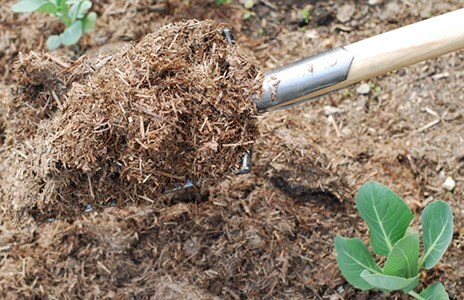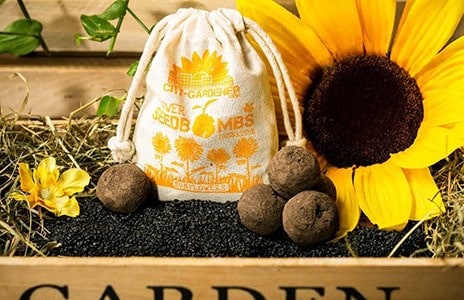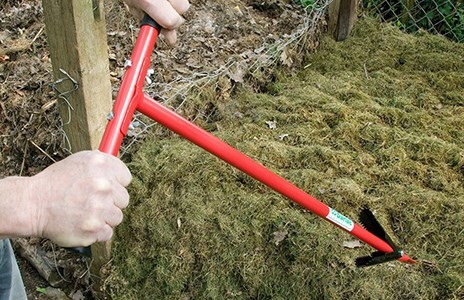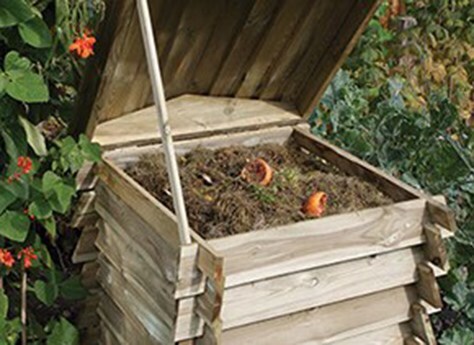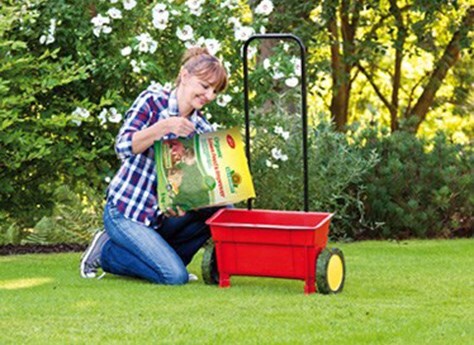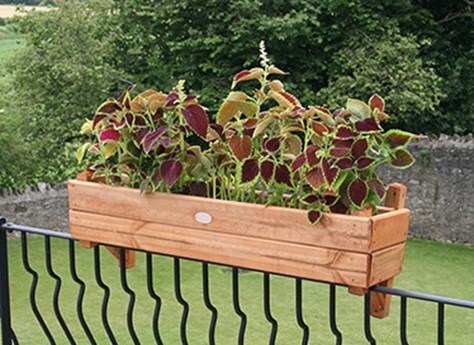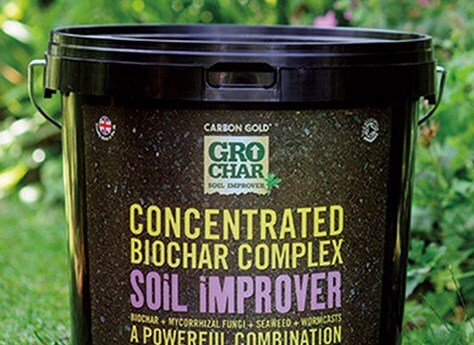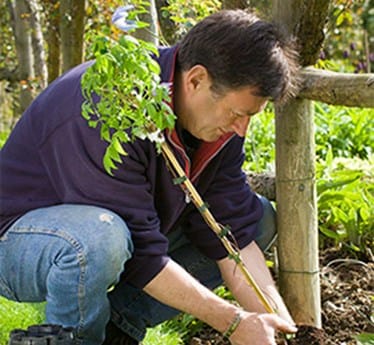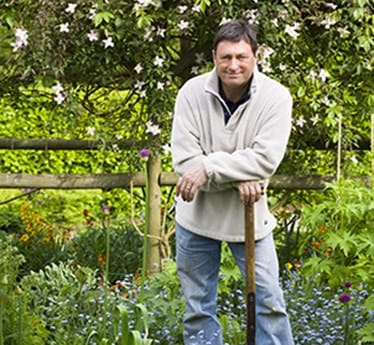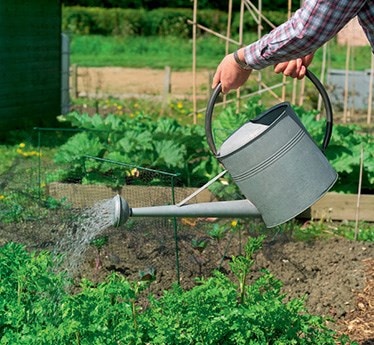From the ground up
Your soil is the most important part of your garden. Few of us have perfect soil, so it is important to understand what it lacks – that way you can take steps to improve it. By adding lime, fertilisers and organic matter you can improve the fertility and growing potential of nearly all soils but unless you understand the make-up of your soil the application is a matter of guesswork.
Having said that, there is one magic ingredient that can improve nearly all soils, namely bulky organic matter – muck to you and me! I say ‘magic’, because it has the ability to improve different soils in different ways. For example, if applied in sufficient quantities to heavy clay, it can help improve its drainage and aeration, while on light sand soils, organic matter will improve the water-holding capacity.
"There is one magic ingredient that can improve nearly all soils, namely bulky organic matter"
Why add organic matter?
- - Improve the texture of clay and silty soils
- - Improve the drainage of heavy soils
- - Promote aeration and root growth
- - Make digging and cultivation easier
- - Improve water-holding capacity of light soils
Know your soil
Soil types are ruled by three key ingredients – clay, silt and sand - the proportions of which determine its structure. If it contains a lot of clay particles, it tends to be heavy, poorly drained and difficult to work, whereas if it contains more sand, the opposite will be true. This is because sand particles are larger and irregular in shape, so don’t pack together tightly – leaving lots of air spaces that allows water to drain freely. Clay particles, on the other hand, are much smaller, so pack together very tightly leaving few air spaces. Silty particles fall somewhere in between, allowing reasonable drainage and moisture-holding capacity, but their structure is easily damaged and compacted. The holy grail of all garden soils is the illusive ‘medium loam’, which is a bewitching mixture of clay, silt and sand particles that manages to have all the advantages and none of the disadvantages of the other soil types.
Hands-on soil test You can test any soil by simply getting a lump in your hands and rubbing it between finger and thumb. If it feels sticky and slippery when damp, the soil contains predominantly clay particles, but if it’s gritty it’ll contain a fair proportion of sand. To find out more, try rolling the lump of soil into a ball – if it breaks up you’ve got a predominantly sandy soil. If it holds together, but doesn’t have a shiny surface, then it’s a sandy loam with a proportion of silt. Next, try rolling the soil into a cylinder shape, if it stays whole, there’s a proportion of clay in there. To find out how much, bend the cylinder into a horseshoe-shape and then into a ring. If you manage that, without it cracking and falling apart, your soil is predominantly made up of clay. But if it breaks up in the process, then your soil also contains silt, and is a clay loam.
Organic matter
All soils also contain organic matter (sometimes called humus), the proportion of which will influence the characteristics of the soil. Organic matter is simply the rotted-down remains of plants and animals. You can improve most soils by topping up the levels of organic matter. This can be in the form of farmyard manure or horse manure, garden compost, leafmould or spent mushroom compost, but other sources include spent hops, seaweed, poultry manure or composted bark.
On clay soils, organic matter helps open up the soil allowing in more air, improving drainage and root growth. Nutrients also become more available to plant roots and the soil is easier to cultivate and warms up more quickly in the spring. On sandy soils, organic matter acts like a sponge, holding onto vital moisture supplies during the summer months. It also provides a source of nutrients, released slowly throughout the growing season, as the organic matter is broken down by soil-borne organisms. The only soils that don’t benefit from applications of organic matter are peaty soils that are already rich in the stuff.
The acid test
The fertility of your soil will also depend on its chemical composition. How acid or alkaline a soil is can dramatically affect the availability of key plant nutrients, and so greatly influence the types of plants that you can grow. Soil pH is the measure of how acid or alkaline a soil is. It is a scale from 1 (very acid) to 14 (very alkaline) with neutral (7) midway between. Most soils have a pH between 4 and 8 and most plants do best where there is a pH of about 6.5 (very slightly acid). These days, you can measure the pH of your soil quickly and easily using an inexpensive pH soil test kit. The kits are generally very accurate, so the key to success is to take a representative sample of soil. The easiest way to do this is to take five stones and throw them randomly over a border to identify where to take samples. At each stone, use a trowel to dig down a few centimeters and collect a soil sample – rejecting stones, roots and other debris. Repeat this for the five sites, then mix the samples together to get an ‘average’ sample. Do not take samples from a very wide area, because localised variations may occur in your garden soil that could distort the result.
Adding lime If your soil is very acid, with a pH significantly lower than 6.5, it can adversely affect plant growth and reduce yields. The easiest option is to grow plants that are well-adapted to acid soils. That said, it is possible to alter the pH of you soil by adding lime. This is best applied in autumn. How much you will need to apply will depend on the pH of your soil, how much you want to alter it, and the type of soil you have – clay soils will need a lot more than sandy soils, for example. Always follow the manufactures’ instructions when applying lime. Bear in mind that any effect that liming has will only be temporary, so you will need to reapply in subsequent years to maintain an altered pH level in your garden soil.

